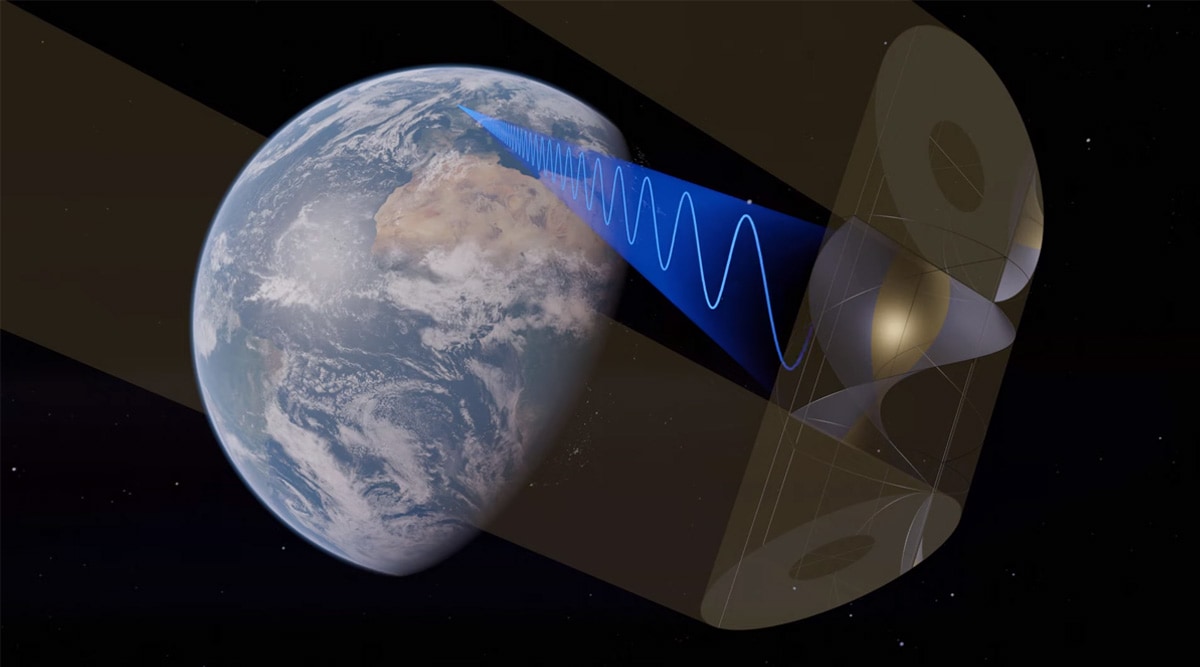Airbus, Cambridge University, and satellite maker SSTL, have joined the U.K. Space Energy Initiative, to develop a space-based solar power plant.
It is expected that electricity from space using the sun could help the U.K. meet its target of zero greenhouse gas emissions by 2050 most cost-effectively.
At the Toward a Space Enabled Net-Zero Earth conference held in London, the initiative’s chairman Martin Soltau said on April 27 that all technology required to develop a space-based solar power plant already exists; the challenge is the scope and size of such a project.

The initiative has developed a 12-year development plan that includes the assembling being done by robots.
The initiative explores a modular concept called CASSIOPeiA (for Constant Aperture, Solid-State, Integrated, Orbital Phased Array), developed by the British engineering firm International Electric Company.
The demonstrator would be miles across and require 300 launches of a rocket the size of SpaceX Starship to deliver to orbit. It would orbit 22,000 miles above our planet (36,000 kilometers).
“The principal functions of the satellite are collecting the solar energy via large, lightweight mirrors and concentrating optics onto photovoltaic cells, just like we do on Earth,” said Soltau. “They produce direct current electricity, that’s then converted into microwaves via solid-state radio frequency power amplifiers and transmitted in a coherent microwave beam down to Earth.”
This will create more energy than any other source on the Earth. Also, the energy would be consistent as the sun and moon are always present in space.

To receive the energy from space, the system would need a giant Earth-based antenna, called a rectenna. The rectenna receives the microwave radiation sent from space and converts it into direct current electricity.
“We need to try and look at in-orbit recycling to actually go towards a more circular economy,” he said.
The risk of the potential radiation from this beamed electricity is negligible.
“You’re more likely to receive more radiation from the phone in your pocket than you would if you were standing under one of the beams,” he said.
“Space based solar power features in the National Space Strategy,” he said. “And there’s an initial £3 million [$3.7 million] for developing some of the underpinning technologies as part of the net-zero innovation portfolio.”


